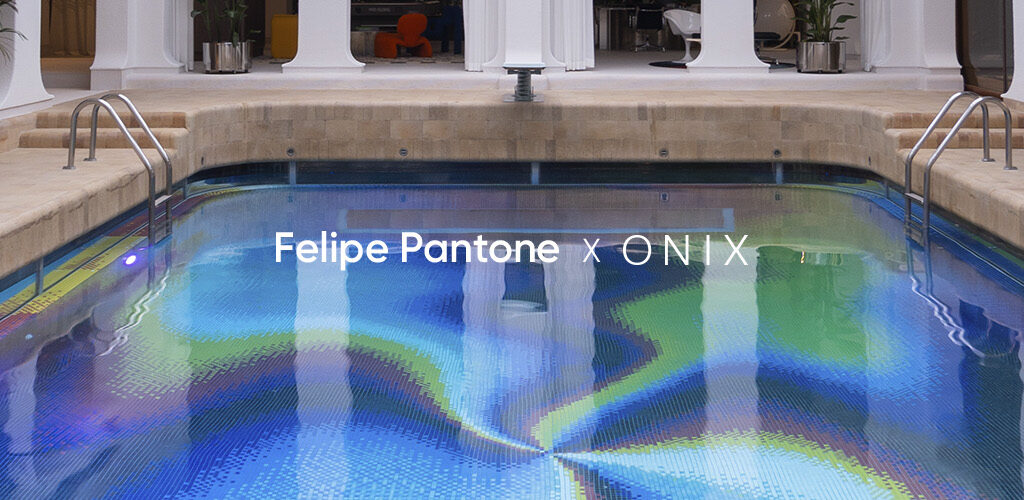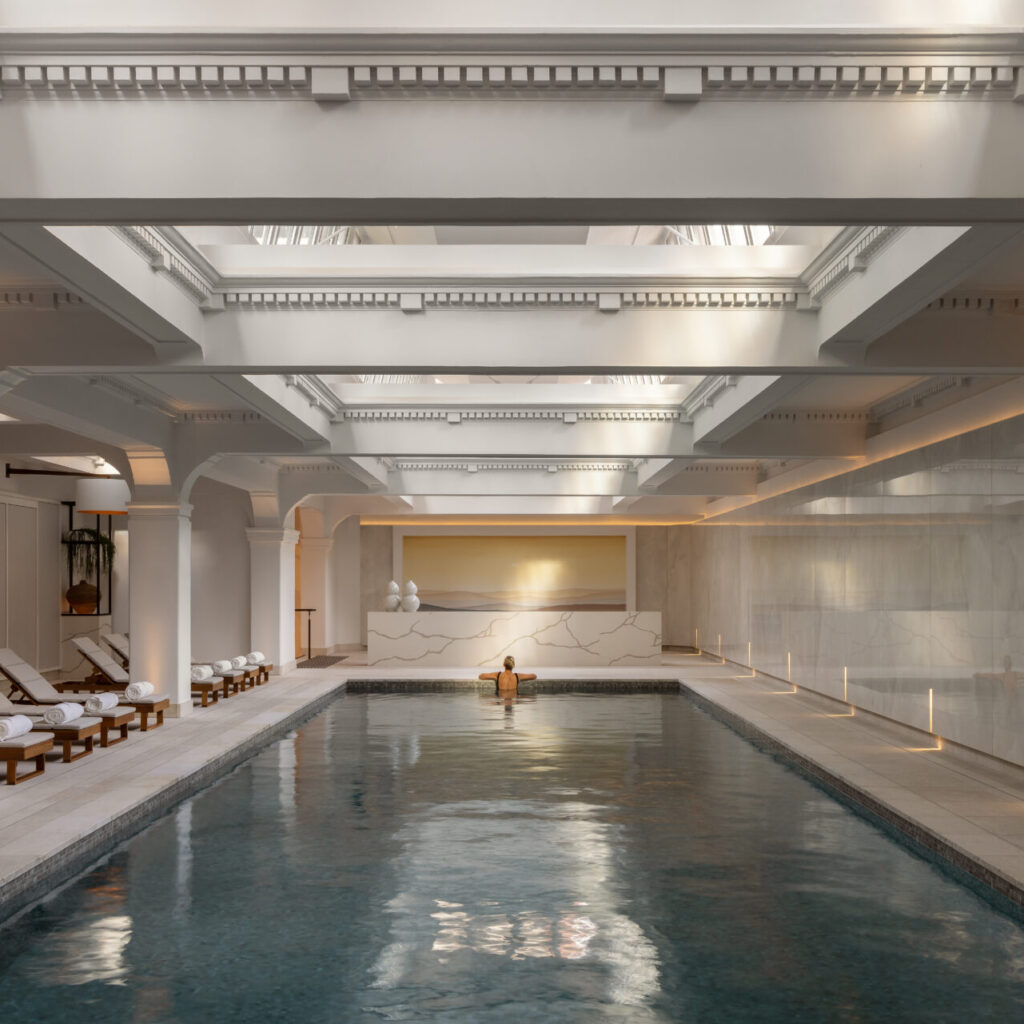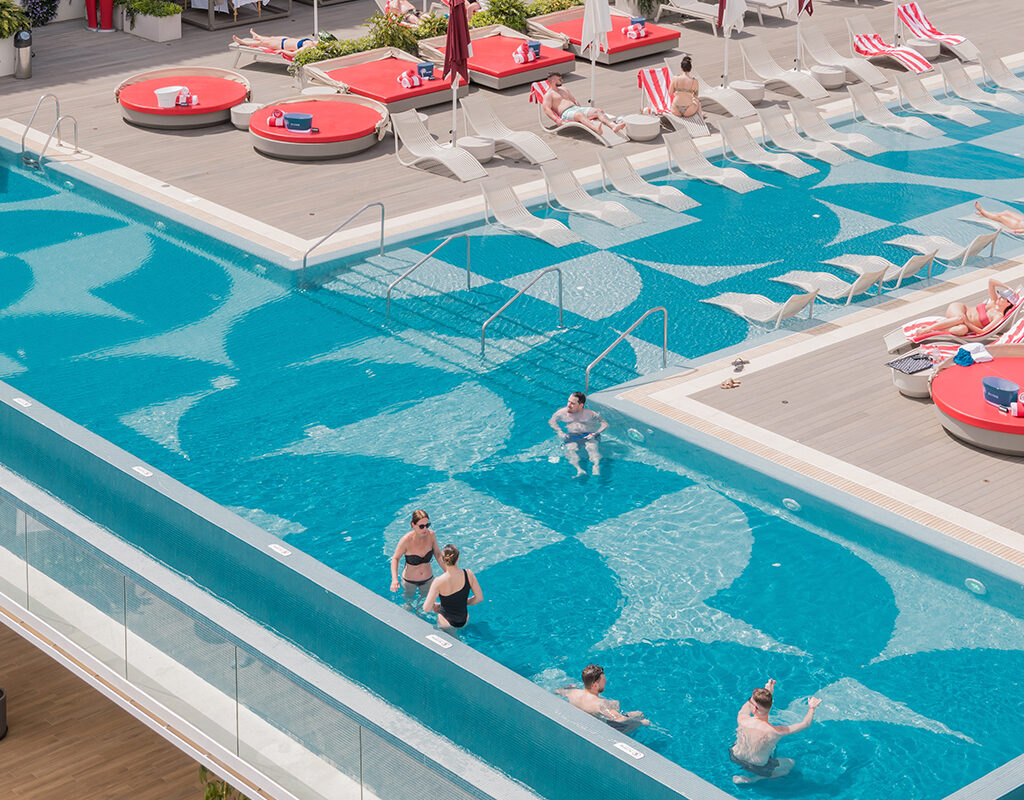L’Osteria Il Duomo, a restaurant in León, México, conjures up the magnificence of the Greco-Roman civilization through glass mosaic tiles by ONIX.
The restaurant, which belongs to the Mexican family that owns Grupo Pasta, takes diners on an amazing journey of the senses.
In their bid to recreate the atmosphere of ancient Rome, the team from Huber Design chose glass mosaic tiles by ONIX, the world leader in this segment, to immerse diners in the culture and flavours of the period.
The restaurant is inspired by the traditional spirit of an osteria or tavern, seeking to provide a select culinary experience based on authentic Mediterranean cuisine.
Every single aspect of the restaurant has been meticulously designed to conjure up the essence of Italy, transporting diners to another world through its style and flavours.
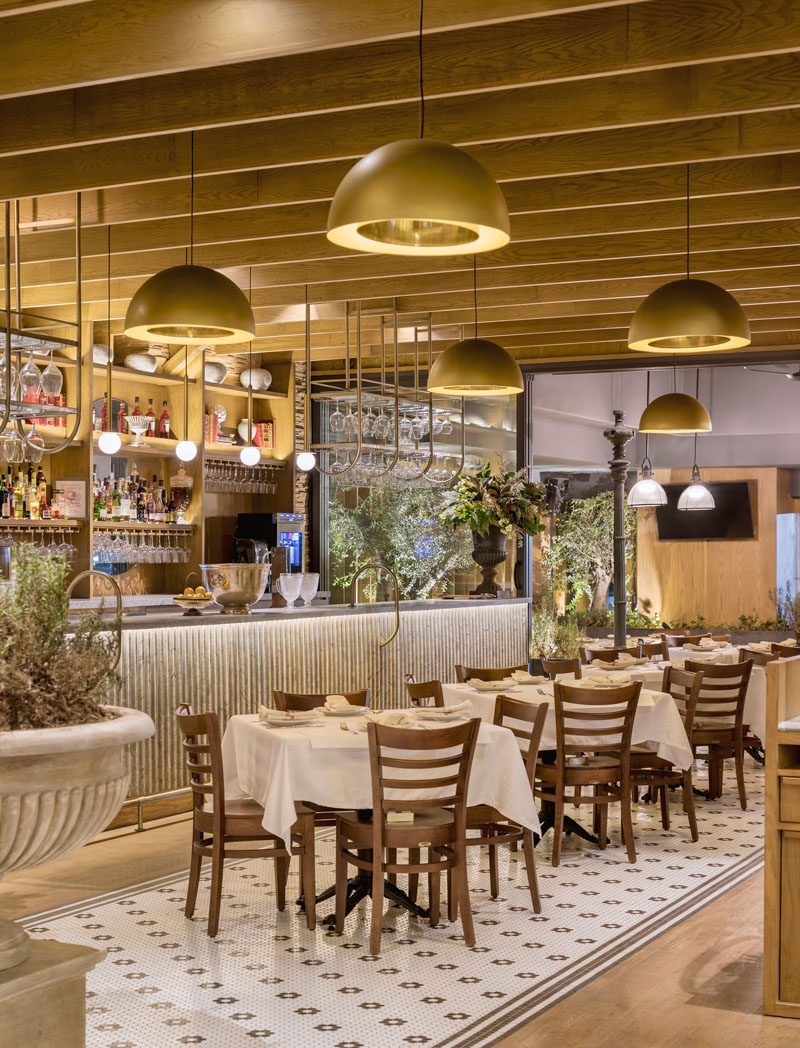
Mosaic tiles by ONIX to recreate Greco-Roman mosaic floors.
ONIX’s glass tiles, used to recreate Greco-Roman mosaic floors, play a key role in this experience.
Based on a detailed design by the interior design team, the floor of the main dining room was clad in mosaic tiles conceived to emulate the ancient Greco-Roman patterns used in the Mediterranean.
The term “mosaic” is derived from the Greek word mousa, used to refer to art that was so very skilful that it was thought to have been inspired by the Muses.
With this artistic technique, small tesserae are combined to form drawings or geometrical shapes.
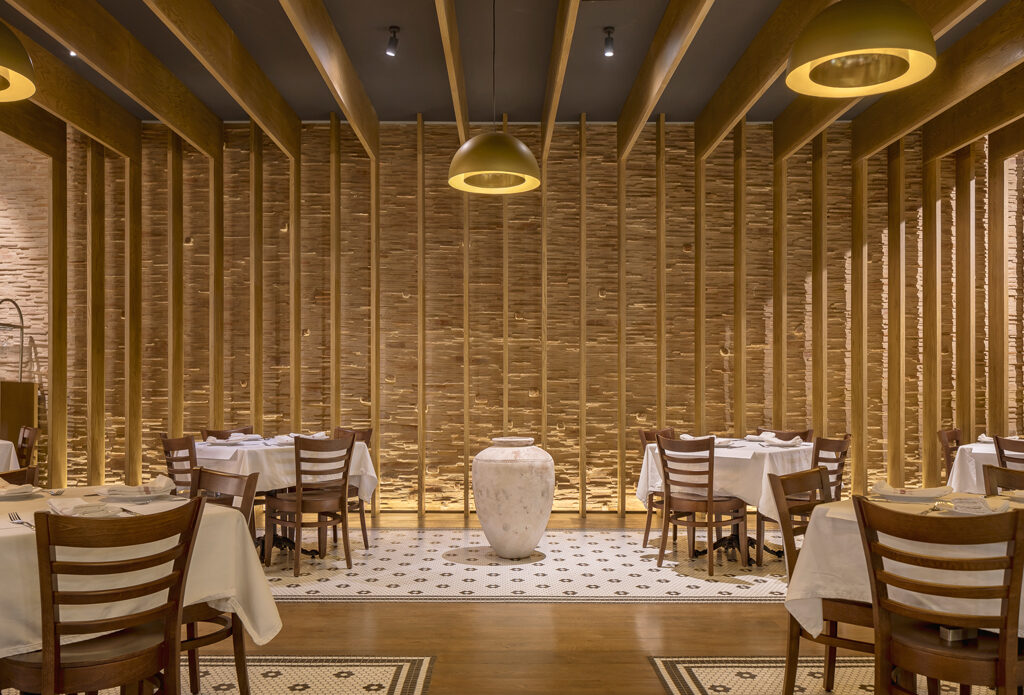
Customized tesserae to meet the creative needs of L’Osteria.
To recreate this technique, Huber Design chose a hexagonal pattern by ONIX in black and white, contrasting the tiles with the ash-coloured wood floor of the rest of the dining area and situating them strategically so as to enhance specific areas of the restaurant.
The colours of the original pattern were changed, opting for black and white 31.75mm-diameter (1.2 inch) hexagonal tesserae in a smooth semi-matt finish so that the flooring is resistant and able to withstand traffic.
Furthermore, as part of this immersive ancient Roman experience, Huber Design commissioned the construction of stone and brick walls, covered in a thin coat of lime and mortar, and the restaurant was decorated with Florentine tapestries from the period, busts, Carrara marble sculptures, old books and other antiques.



